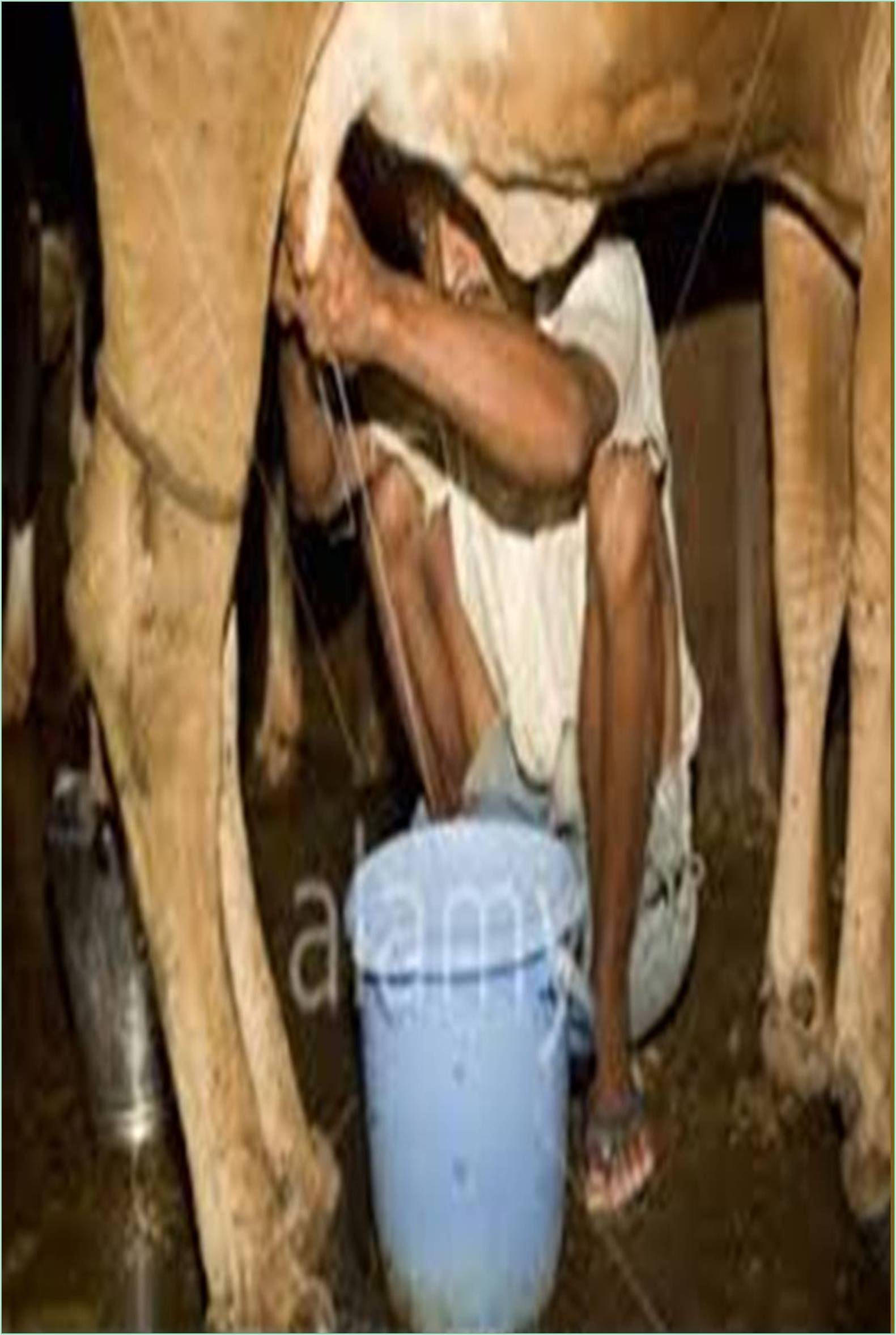



Received: 01-Nov-2022, Manuscript No. GJDFM-22-82684; Editor assigned: 03-Nov-2022, Pre QC No. GJDFM-22-82684 (PQ); Reviewed: 21-Nov-2022, QC No. GJDFM-22-82684; Revised: 30-Nov-2022, Manuscript No. GJDFM-22-82684 (R); Published: 07-Dec-2022, DOI: 10.15651/2449-1861.22.07.081
Dairy processing facilities handle a wide range of goods, such as milk, cheese, butter, ice cream, yoghurt, non-fat dry milk, whey, and lactose. The types of products produced, waste minimization techniques, cleaning agents employed, and water management in the plant all affect the volume and composition of dairy wastes from each facility. Waste streams can differ greatly from day to day because most dairy factories process a variety of milk products.
Dairy wastes
Receiving stations, the bottling plant, the cheese plant, the casein plant, the condensed milk plant, the dried milk plant, and the ice cream plant are where a major dairy's liquid waste is produced. Dairy effluents come from the following sources as their primary origins:
• Product spills and product or byproduct leaks
• Before cleaning, residual milk or milk-related products in piping and equipment
• Clean up spills on floors and equipment.
When it comes to treating dairy waste from their facilities, dairy plant operators have a wide range of options. This could include the use of biological waste-water treatment systems for larger plants or the application of land for small plants. Some dairy facilities may perform a pretreatment on the effluents before releasing them to a municipal waste-water treatment facility.
Environmental restrictions relevant to the location of the dairy plant determine the level of treatment required for each plant's dairy waste-water. General guidelines for discharges to surface waterways and groundwater are established by the Environmental Protection Agency (EPA).
Ensuring adherence to those rules is the responsibility of each state's environmental regulatory agency. Each plant's outfall that discharges to surface waters needs to have a discharge permit. The permit's restrictions are determined by the flow and the kind of surface water that the treated waste water is released into.
Dairy waste's composition
It is important to understand the typical composition of these products because more than 95% of the waste load from dairy plants is made up of milk or milk products. Proteins, carbs, and lipids make up the majority of milk solids. Sugar, gums, salt, cleansers are possible additional components in dairy waste water. The Biochemical Oxygen Demand (BOD) measures how much Dissolved Oxygen (DO) is used by microbes in waste water for the biochemical oxidation of organic substances.
The use of ponds or lagoons for the cost-effective treatment of dairy wastes may be an option for dairy factories in rural locations with a lack of acreage suitable for land application. A pond or lagoon typically consists of a small, shallow basin that is used to treat dairy waste water without the use of complicated machinery or controls. The three pond kinds that are used are aerobic, facultative, and anaerobic.
Treatment of dairy waste and its disposal
Dairy facilities need a permit to dump waste water directly into streams, bays, rivers, creeks, and/or estuaries. Permits are also required for dairy facilities that use nondischarge methods like land disposal. Typically, the state government control agency is where permits for discharge are obtained.
In order for biological nutrients to be discharged to surface waters without having a substantial impact on aquatic life, waste treatment system effluents must be suitably reduced in BOD. For each type of stream or watershed, environmental regulatory bodies set compositional limits for effluents that are discharged. The amount of milk and milk products lost in the dairy plant must be kept to a minimum in order to limit the amount of dairy wastewater that needs to be treated and treatment expenses. Operators of dairy plants should be able to operate successfully and adhere to environmental regulations with appropriate product preservation and the use of an efficient waste treatment process.